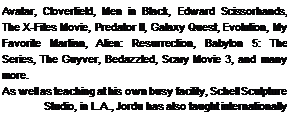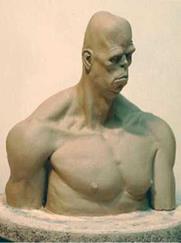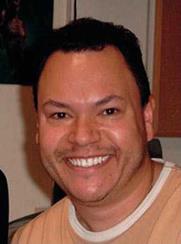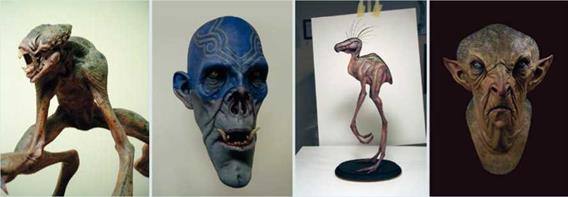Our bones hold our body in its shape and are the anchor points for most of our muscles. It is the way these bones are put together as our skeleton that gives us the framework around which all other tissue forms and characterizes our species: erect posture and bipedal locomotion. Our skeleton is divided into two parts, each with clearly different functions:
■ The axial skeleton (skeleton of the trunk, or central skeleton) includes the cranium, the spinal column, and the thorax. The primary function of the axial skeleton is to support and protect the internal organs.
■ The appendicular skeleton includes the upper and lower limbs and the girdle (pelvis); the primary function of the appendicular skeleton is to enable movement and to provide support.
Of the 206 bones in our body, 29 make up the cranium, 26 make up the spinal column, 25 make up the thorax, 64 make up both upper limbs (including the hands), and 62 make up both lower limbs (including the feet). Our bones are quite strong and very elastic. Depending on their shape, bones are categorized as long, short, or flat bones. Their sizes vary considerably as well. By understanding and knowing the sizes, shapes, and purpose of each bone group, we can start to envision the way our character makeup will take shape.
|
|
|
|

 О Jordu Schell is widely regarded as one of the most influential creature designers in the world. Working mainly from his studio in the San Fernando Valley of suburban Los Angeles, he has been designing film and television monsters for nearly 20 years. Jordu has worked on and designed characters and creatures for numerous projects, including James Cameron’s
О Jordu Schell is widely regarded as one of the most influential creature designers in the world. Working mainly from his studio in the San Fernando Valley of suburban Los Angeles, he has been designing film and television monsters for nearly 20 years. Jordu has worked on and designed characters and creatures for numerous projects, including James Cameron’s
|
at a number of well-known shops, including Tippett Studios, Industrial Light and Magic, Blizzard Entertainment, The Monster Makers, Creature Effects, Specter Studios, Vancouver Design, Joe Blasco, Empire Academy of Makeup, and Neill Gorton’s prosthetics studio in England. Jordu’s work carries an innate understanding of real-world anatomy that translates into the characters and creatures he designs, rendering his creations wholly believable when you see them in person or on screen; it’s as if these beings could. . . do.. . exist. Jordu’s talent and skill, plus the fact that he is a remarkably good teacher and that he’s simply a really good guy, keep him in very high demand for television and motion pictures. I am thrilled to be able to include Jordu and examples of his work in this book for you.
Some basic orientation terms will help make sense of anatomical terminology and the relationship of one part to another in the descriptions that follow:
Median. The midline of the head and body.
Medial. Toward the midline and away from the side of the body.
Lateral. Away from the midline and toward the side of the body.
Anterior. Toward the front of the body.
Posterior. Toward the back of the body.
Superior. Toward the top; above; ascending.
Inferior. Toward the bottom; below; descending.



